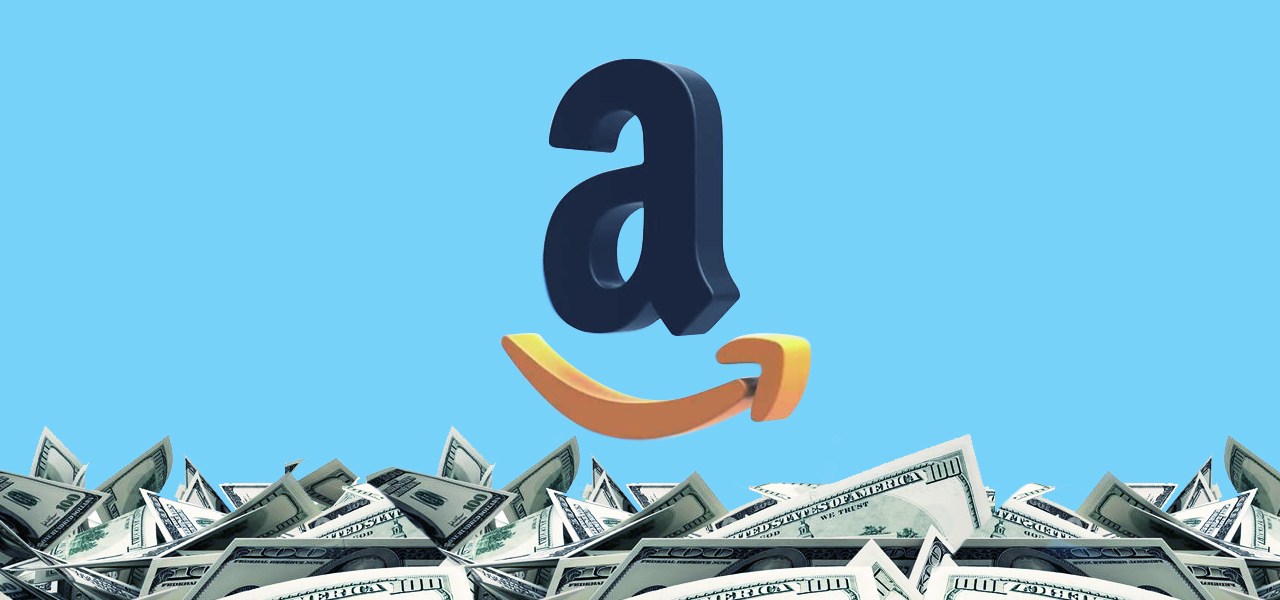How retailers plan to compete with Amazon during Prime Day

As Amazon’s Prime Day expands from one, then one-and-a-half, to two days (taking place this year on July 15 and 16), retailers are bulking up their competitive defense strategies as well.
This year, Target, Nordstrom, Walmart, eBay, and a slew of others announced a series of deals on the same days as Prime Days. More retailers are participating in the mid-summer sales event than in the past, too: RetailMeNot estimates that this year over 250 competitors will be offering some form of deals this summer, up from 194 last year. Within this crowded landscape, large retailers will try to prove that they can use the holiday to boost sales and remain relevant.
For some, the newfound focus is on exclusivity. Target, for example, highlighted its own exclusive brands and “rarely-on-sale” items as lynchpins to its summer sale this year. Others are trying to undercut Amazon. For example, eBay is introducing a month-long “Summer Brand Outlet” that claims to offer steep discounts for premium name brands. The website is marketing its deals in contradistinction to Amazon’s, calling July 15 “Crash Day” — a direct poke at the fact that Amazon’s site crashed during Prime Day last year. Large retailers are realizing that they need to prove they have something Amazon doesn’t — be it a physical location, exclusive items or better deals.
According to Drew Kraemer, co-founder and CEO of Marketplace Strategy, what this retail response cements is the fact that Prime Day isn’t just about Amazon. “It’s another holiday season in the middle of the summer,” he said. Consumer behavior has shifted over the past few years such that people are actively looking to shop in the middle of July. And it’s no longer relegated just to Amazon.
The first and most important strategy big-box retailers can employ to compete with the e-commerce giant is to simply participate. “Retailers have to think about where they can add additional value,” Kraemer said. For Walmart, that’s exhibited by prominently displaying its free next-day shipping for orders over $35 on its homepage. For others, it’s by offering a sales period that surpasses Amazon’s two-day event.
Prime Day has reliably broken Amazon sales records. In 2018, it recorded the most sales the company had seen to date, with 100 million products ordered over 36 hours last July. But it’s not just Amazon anymore; Other retailers like Target saw record numbers too, reported TechCrunch.
One potential retailer boost could be to focus on physical locations. Last year, Amazon extended its Prime Day discounts to Whole Foods, and saw a huge boost in weekend visits as a result, according to data from Placer.ai. The competition, meanwhile, didn’t see big spikes in foot traffic during that same time period — in fact, for some, quite the opposite.
Ad position: web_incontent_pos1
One strategy big box stores may focus on this year would be to use locations and foot traffic to their advantage — similar to what Amazon did with Whole Foods. The big retailers have been known to use their physical presences to inch up on Amazon. Walmart, for example, has used its nationwide store footprint to launch free next-day shipping. Similarly, both Target and Walmart leveraged their store stock to offer brick-and-mortar experiences that compete with Amazon. Indeed, both are focusing on offering services bolstered by their stores — like same or next-day shipping — this year. Others, like eBay, are extending the dates in the hopes they can garner consumers who missed the Prime Day boat.
Despite the increase of players, this year’s results may prove lackluster. Salesforce predicts that this year’s Prime Day will gin up 51% year-over-year retail e-commerce growth, compared to 60% the year before. Still, onlookers expect July 15 and 16 to prove lucrative. “We expect Prime Day to set a few records,” said Kraemer. “We also expect other retailers to respond in more strategic ways.”
Even with the playing field ever expanding, Amazon will continue to be the one calling the shots. “Amazon,” said Kraemer, “is going to drive a majority of the sales.” What’s changing is that there is greater opportunity for others big retailers too.

